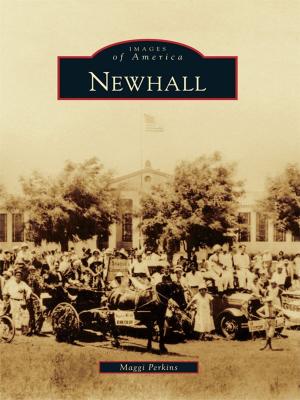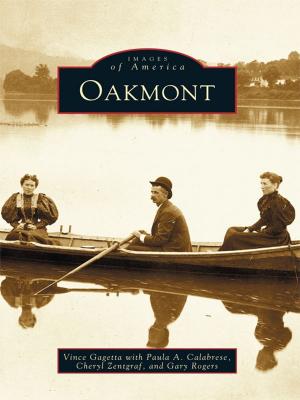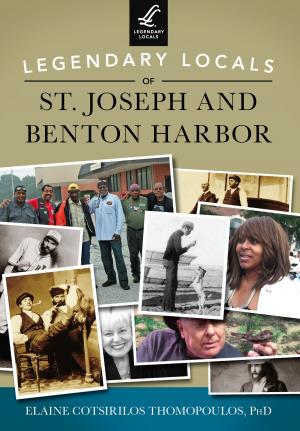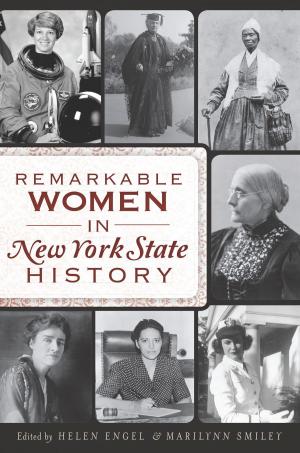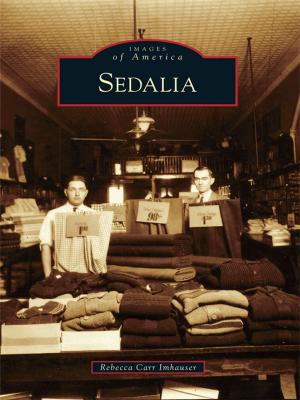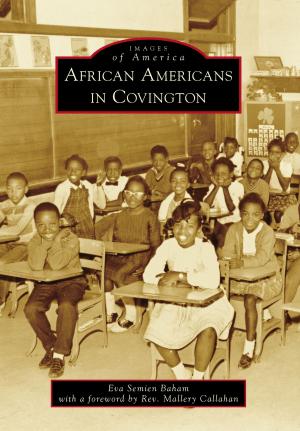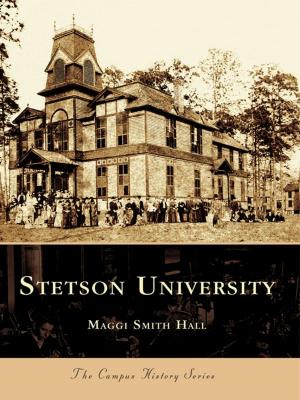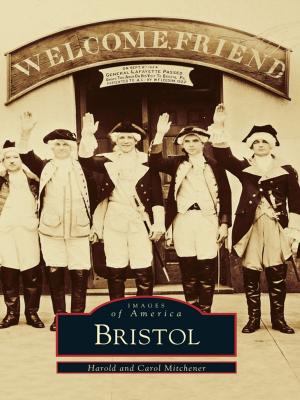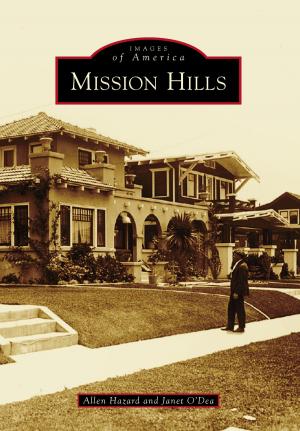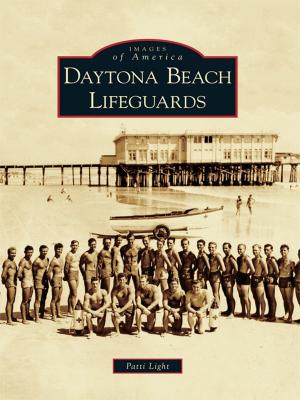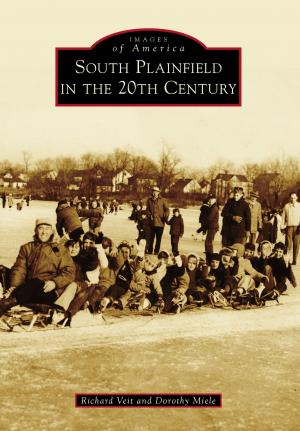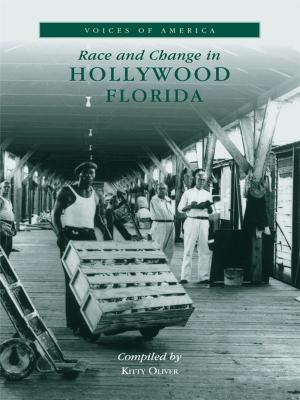| Author: | Susan Caudle, River Valley Pioneer Museum | ISBN: | 9781439623367 |
| Publisher: | Arcadia Publishing Inc. | Publication: | October 5, 2009 |
| Imprint: | Arcadia Publishing | Language: | English |
| Author: | Susan Caudle, River Valley Pioneer Museum |
| ISBN: | 9781439623367 |
| Publisher: | Arcadia Publishing Inc. |
| Publication: | October 5, 2009 |
| Imprint: | Arcadia Publishing |
| Language: | English |
From Spanish conquistadores and American Indian battles to railroads and oil booms, Hemphill County has seen it all. Located in the northeast Panhandle, Hemphill County is a land of sage-covered sand hills and rolling breaks, with towering buttes and deep canyons cut by the Canadian River. Once inhabited by the ancient mammoth and mastodon and, more recently, thundering herds of bison, Hemphill County has a rich human history too. It was home to the Kiowa, Comanche, and Cheyenne Indians and was crossed by Coronado's famous expedition in 1540. American Indian fights, such as the Battle of Buffalo Wallow, also occurred here. Canadian, the county seat, has a unique history of its own. This oasis located on the banks of the Canadian River was the site of the first rodeo in Texas and a stop on the Santa Fe Railway. Other commerce soon followed, including a successful ranching and farming culture, as well as many thriving oil and natural gas industries.
From Spanish conquistadores and American Indian battles to railroads and oil booms, Hemphill County has seen it all. Located in the northeast Panhandle, Hemphill County is a land of sage-covered sand hills and rolling breaks, with towering buttes and deep canyons cut by the Canadian River. Once inhabited by the ancient mammoth and mastodon and, more recently, thundering herds of bison, Hemphill County has a rich human history too. It was home to the Kiowa, Comanche, and Cheyenne Indians and was crossed by Coronado's famous expedition in 1540. American Indian fights, such as the Battle of Buffalo Wallow, also occurred here. Canadian, the county seat, has a unique history of its own. This oasis located on the banks of the Canadian River was the site of the first rodeo in Texas and a stop on the Santa Fe Railway. Other commerce soon followed, including a successful ranching and farming culture, as well as many thriving oil and natural gas industries.


